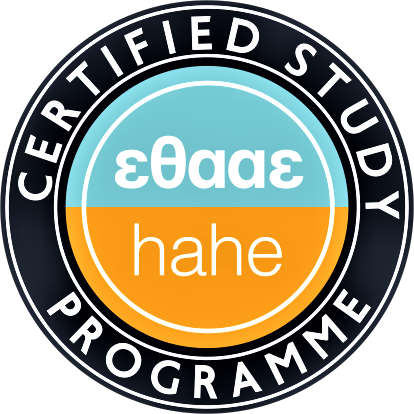Econometrics I
Number of credits allocated: 6 ECTS Credits
Objective of the course (expected learning outcomes and competences to be acquired)
The goal of the course is to introduce students to the basic econometric methods appropriate to draw quantitative conclusions on relations between two or more variables. In particular, students should be able to quantitatively assess models suggested by economists. After they finish the course students should be able to build, estimate and test hypotheses of interest on a model that explains the behaviour of a variable in terms of predictor variables. Through the course, students learn: (1) to construct and estimate a linear regression model, (2) to assess the properties of estimating techniques, (3) to assess the statistical significance of the estimates and test hypotheses suggested by economic theory, (3) to deal with the particular characteristics of cross-section data or time-series data, and (4) to use the software STATA for applied econometric work with real data. The students are introduced and trained to the material with the use of analytical and computational methods.
Prerequisites: Statistics
Course contents
The topics included within the scope of an introductory course in Econometrics for students in economics are quite standard. The following list provides the areas that will be covered within the course:
- Simple linear regression model: classical assumptions, OLS estimation, statistical properties of estimators.
- Multiple linear regression model: assumptions, OLS estimation and Gauss-Markov theorem. Omitted variable bias.
- Statistical Inference in the multiple linear regression model: t-statistic, F-statistic. Confidence Intervals.
- Functional forms (logarithms, quadratic terms, interaction terms) and other topics. Prediction.
- Dummy variables.
- Large-sample theory in the linear regression model: asymptotic properties of OLS estimators and test statistics. Consistency and Inconsistency of OLS.
- Heteroskedasticity: Breusch-Pagan test and White test, properties of OLS and robust standard errors, WLS.
- Empirical applications with real dataset using the STATA software.
Recommended reading
- Wooldridge, J.M. (2009). Introductory Econometrics: a modern approach, 4th Edition, South-Western.
- Wooldridge, J.M. (2006). Εισαγωγή στην Οικονομετρία: Μια Νέα Προσέγγιση, Τόμος Α΄. Εκδόσεις Παπαζήση. (Greek translation of the first-half of the text from its 2nd Edition in English.)
- Stock, J.H. and M.W. Watson (2012). Introduction to Econometrics, 3rd Edition, Pearson.
Teaching methods
In-class lectures, weekly tutorials, computer lab, in person communication during office hours.
Assessment methods: Final written exam
Language of instruction : Greek with frequent use of English terminology





 Patision 76
Patision 76 2108203 106 / 2108203 107
2108203 106 / 2108203 107 
